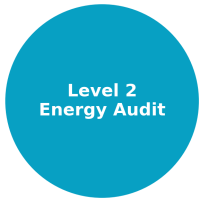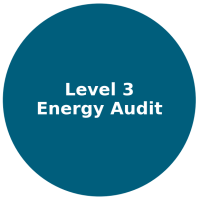ASHRAE ENERGY AUDITS
We offer comprehensive ASHRAE Level 1, 2, and 3 Energy Audits to identify energy-saving opportunities. Level 1 provides a high-level overview, Level 2 offers a deeper analysis with actionable recommendations, and Level 3 delivers an investment-grade assessment for major upgrades and long-term planning.
Our audits uncover inefficiencies, reduce operational costs, and improve building performance. By analyzing HVAC, lighting, building envelope, and renewable energy potential, we provide tailored strategies to enhance energy efficiency and occupant comfort. Leveraging advanced modeling tools and industry best practices, we ensure our audits deliver actionable insights and practical solutions, supporting both low-cost improvements and large-scale energy upgrades.

ashrae level 1
Our ASHRAE Level 1 Audit provides a high-level assessment of your building’s energy use, focusing on quick wins and low to no-cost improvements. We conduct a facility walk-through, analyze utility bills, and identify operational inefficiencies. This rapid analysis helps uncover immediate opportunities for cost savings and improved performance, laying the foundation for deeper energy analysis.

ashrae level 2
Our ASHRAE Level 2 Audit delivers a more detailed analysis of your building’s energy systems, including HVAC, lighting, and envelope performance. We combine data collection, energy modeling, and financial analysis to develop actionable recommendations with clear payback periods. This audit helps prioritize cost-effective upgrades and provides a strategic roadmap to improve building efficiency and reduce operating costs.


